In the meantime, it seems appropriate to re-start this blog venture by continuing the serialisation of my first book 'ON VISION AND BEING HUMAN', where we left off all those months ago. The path we began has taken some twists and turns, so let's recap: we started with some of the 'problems' of visionary experience in the context of 21st century knowledge, including the ambiguity and 'otherness' of vision, before taking in some neuropsychological views of altered states of consciousness, quantum considerations which liberate the notion that the kind of hidden reality humans expect is not likely to be possible, and even speculations on the nature and properties of consciousness.
We came to a tentative conclusion that visions are centred upon the human rather than a reflection of some ultimate reality, but no less important to human perception, wellness and identity for being so. Our road then took a sharp turn towards the Darwinist, and the notion of symbolic cognition as a central, defining feature of our species. We explored a theory of how this, along with ritual and language, could have evolved together through menstrually-driven social realities liberating humanity's first 'gods' and sacred images, and hinted that dance display, trance, symbol and vision may be deeply intertwined in our species' perception and history. In this chapter, we go deeper into that network of experiential ideas...

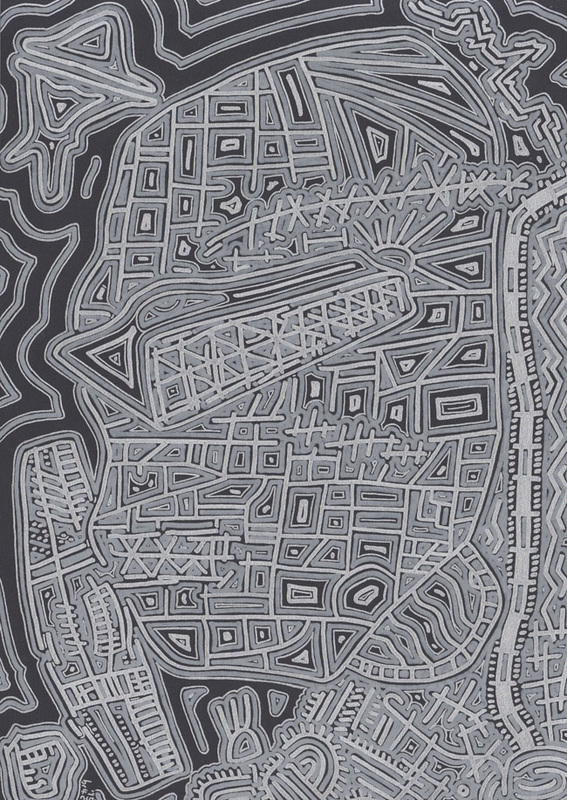
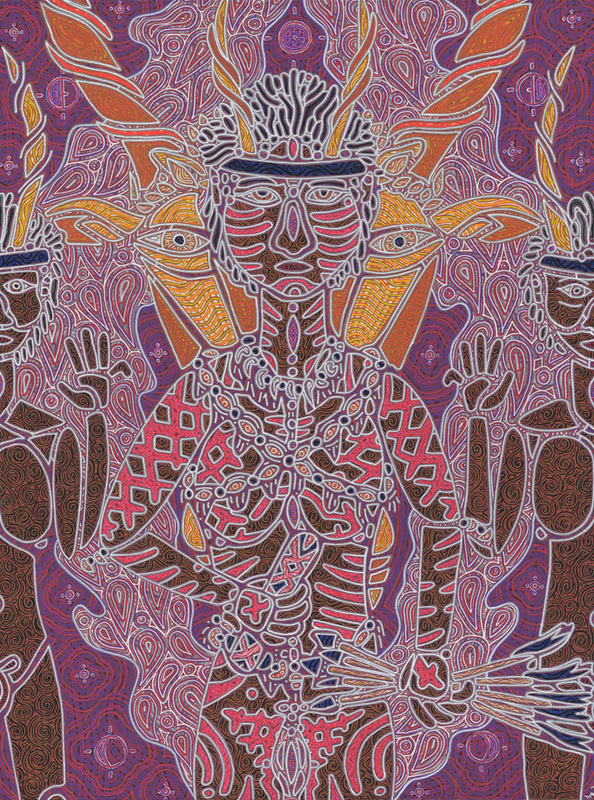
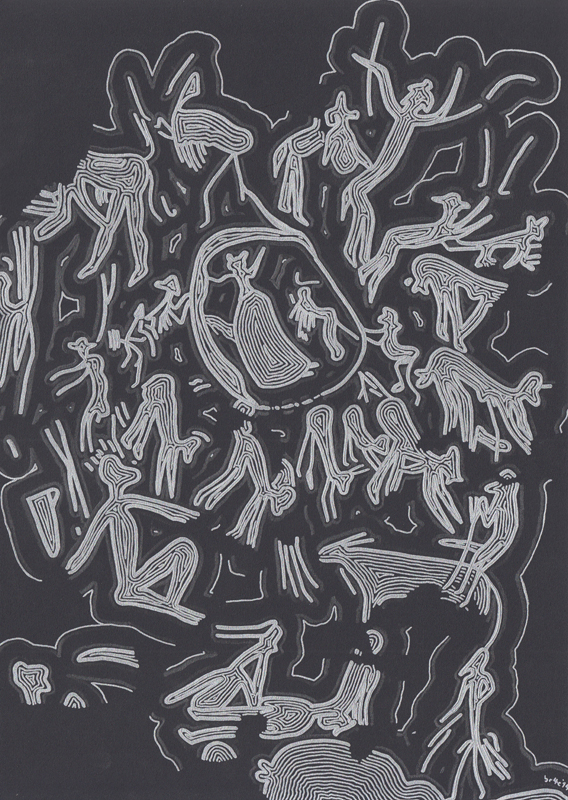
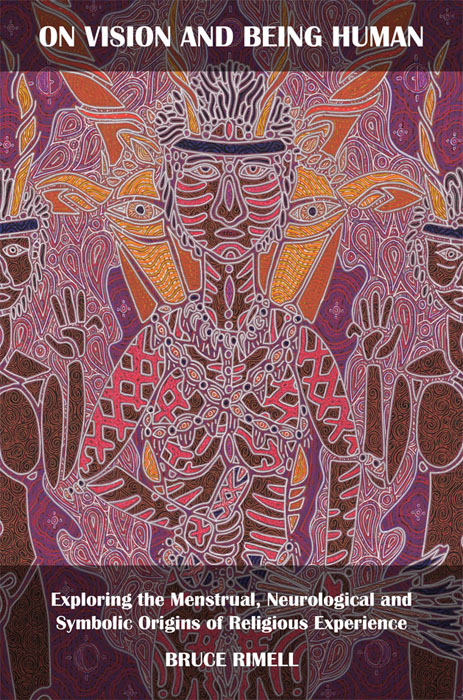

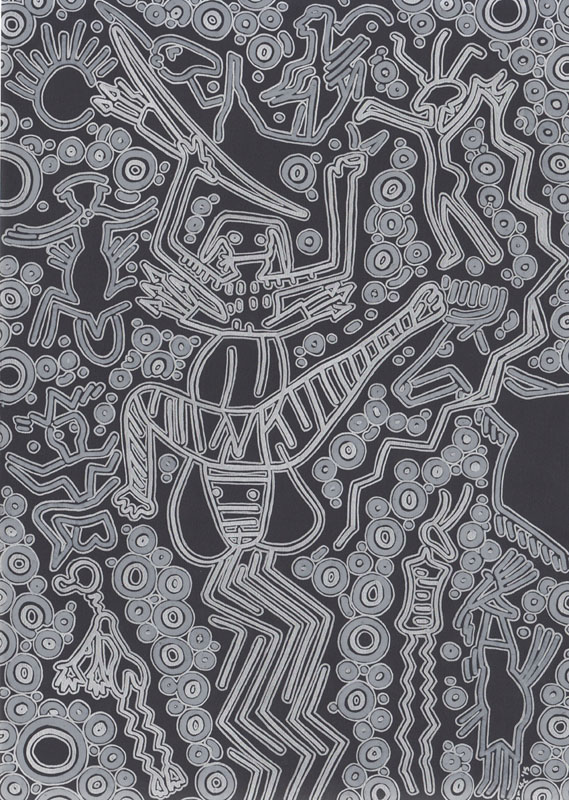
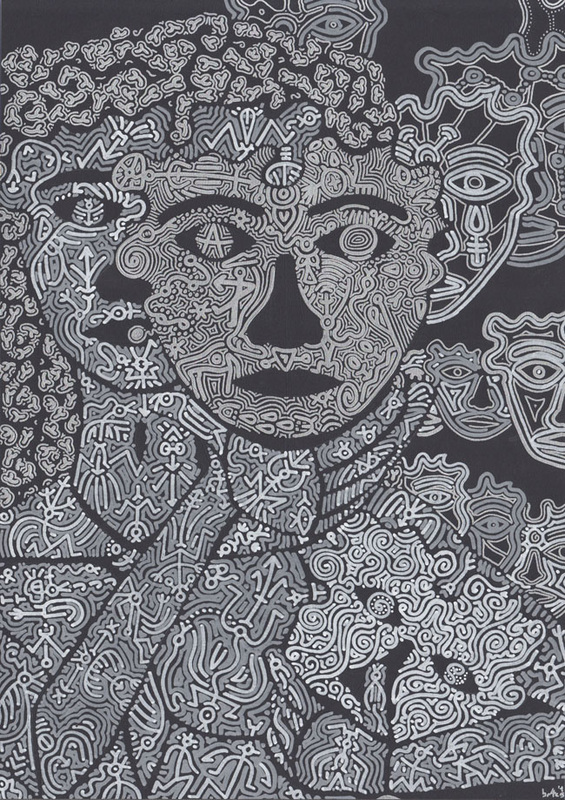
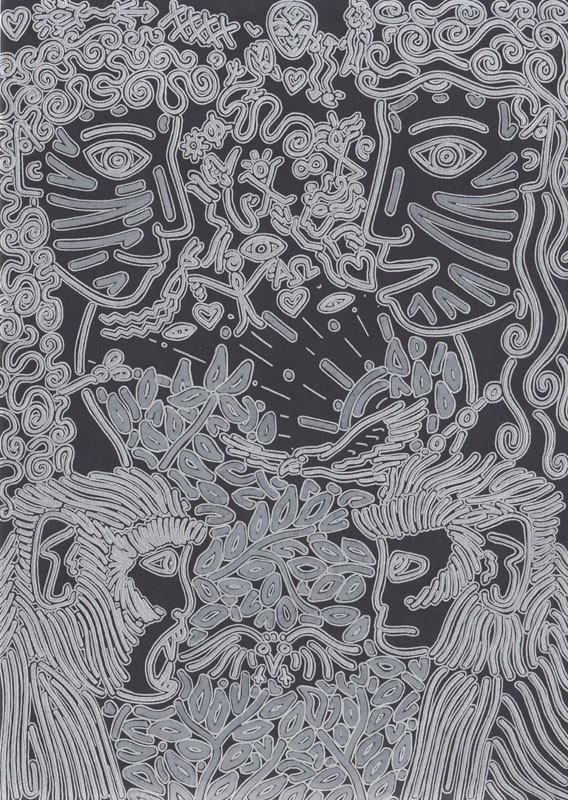
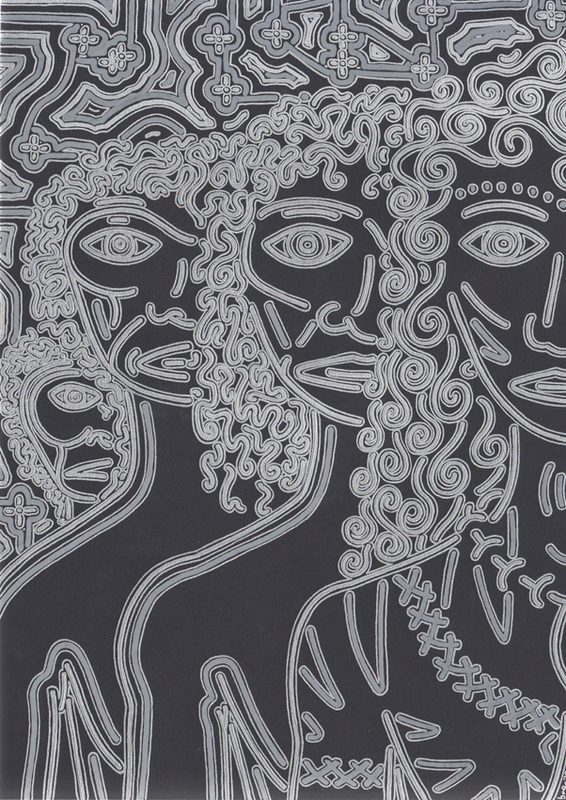
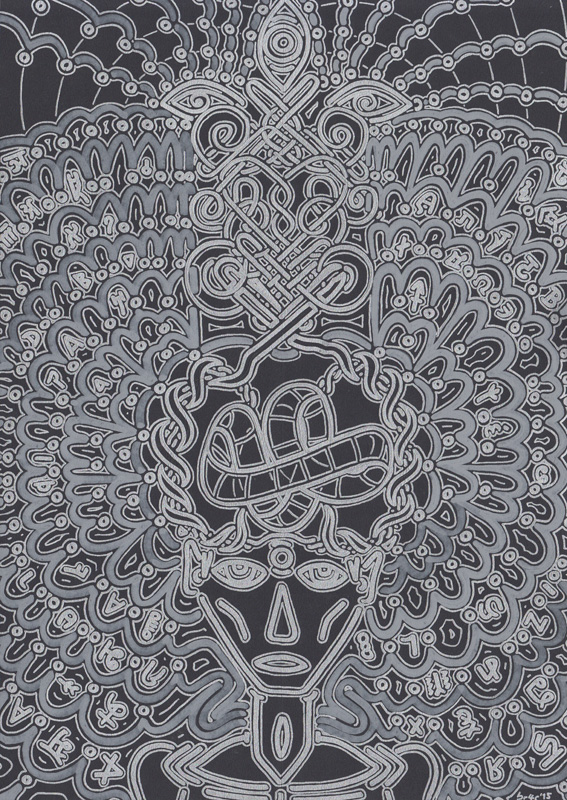
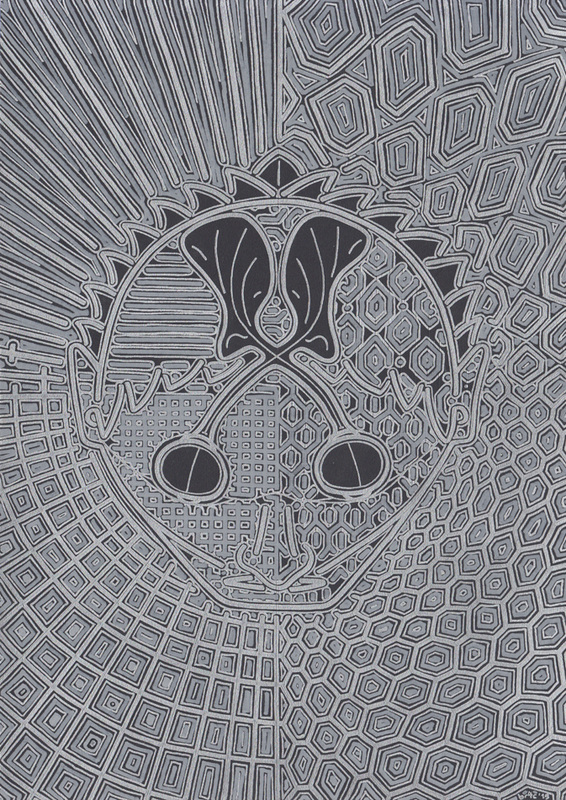


 RSS Feed
RSS Feed






